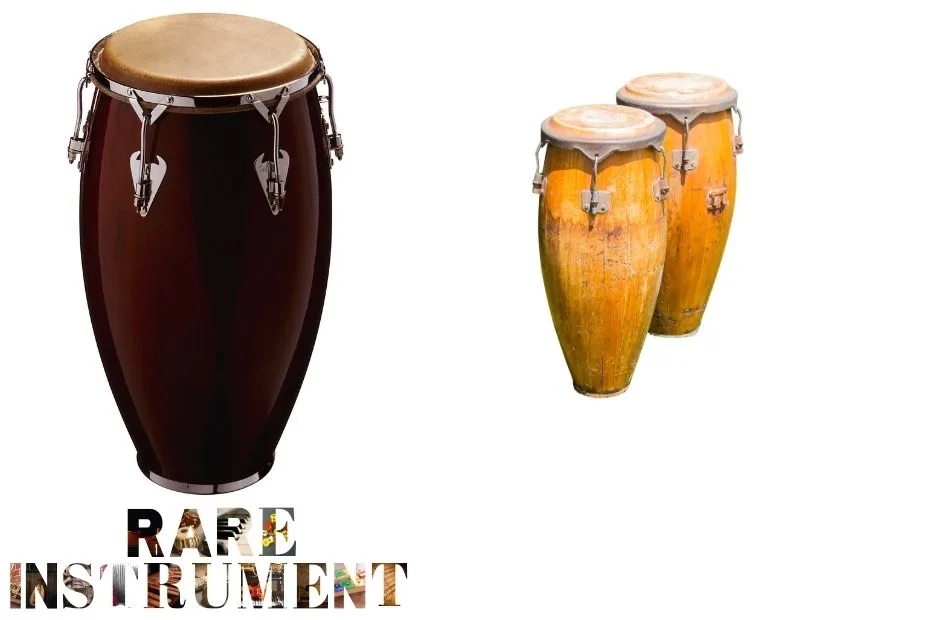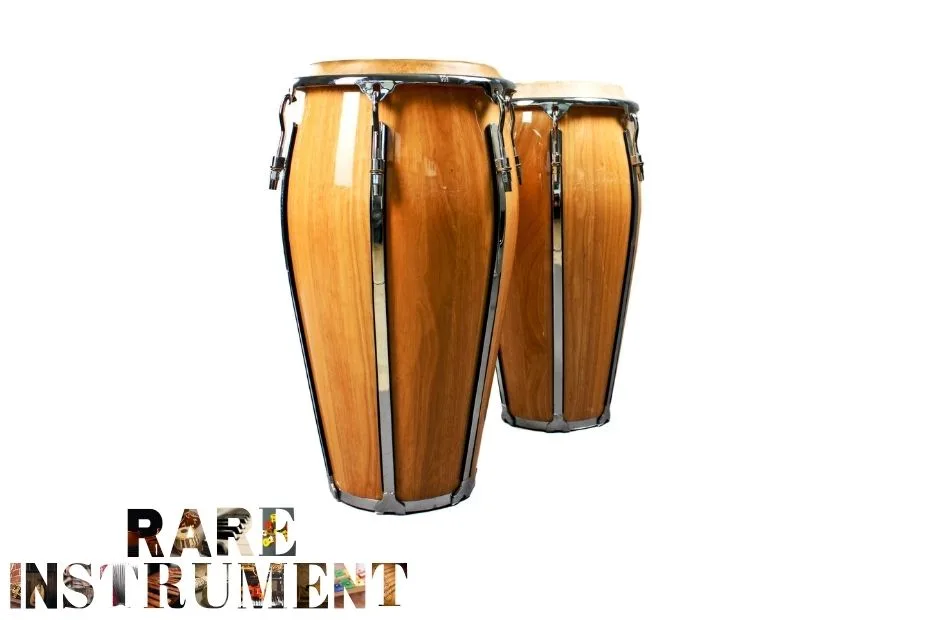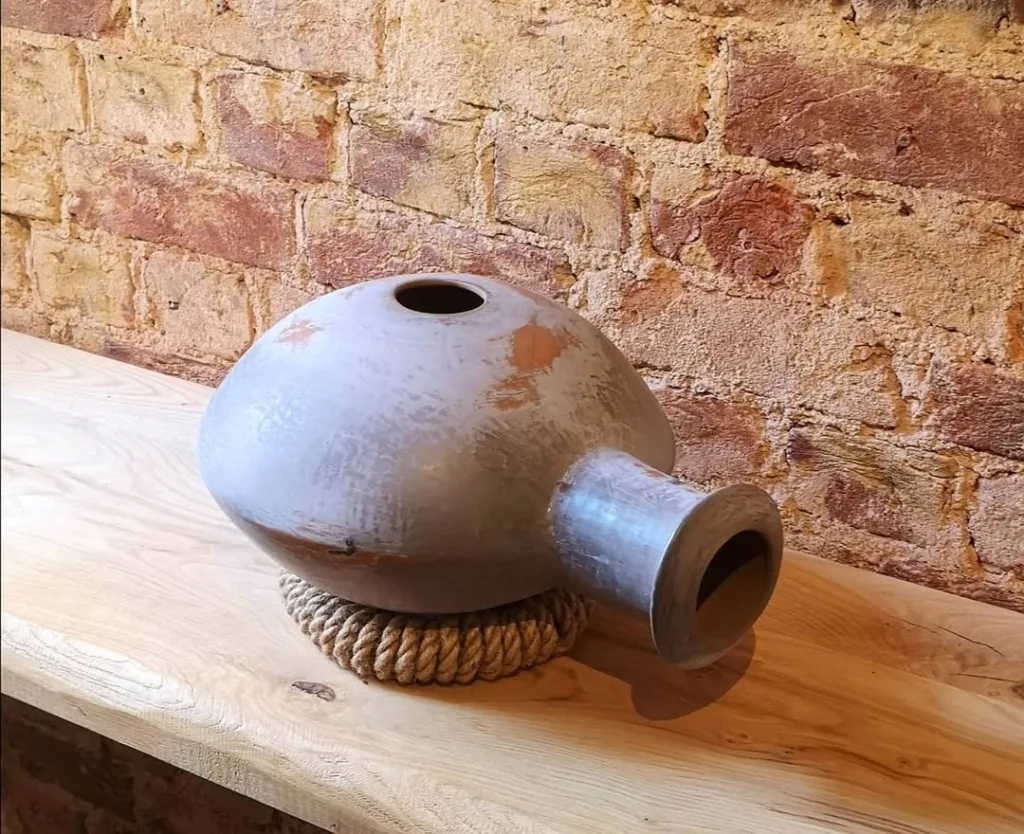Congas are one of the most iconic percussion instruments in Latin music, celebrated for their rich tones, expressive rhythms, and versatility. From salsa and rumba to jazz and contemporary fusion, learning to play, maintain, and accessorize your congas ensures both a long-lasting instrument and an enjoyable playing experience.
1. Conga Drum Overview
Originating from Afro-Cuban music, the conga drums are tall, narrow, single-headed drums played with the hands. Typically made of wood or fiberglass, congas come in different sizes:
| Type | Diameter | Height | Weight | Tone | Use | Typical Music | Material |
|---|---|---|---|---|---|---|---|
| Quinto | 10–11 inches | 24–26 inches | 7–9 kg | High-pitched, melodic | Lead rhythms, solos | Salsa, Rumba, Jazz | Wood (oak, ash) or fiberglass |
| Conga / Segundo | 11–12 inches | 28–30 inches | 8–10 kg | Medium tone | Ensemble rhythms | Salsa, Rumba, Pop | Wood or fiberglass |
| Tumbadora | 12–13 inches | 30–32 inches | 9–12 kg | Low tone, bass | Bass rhythm support | Salsa, Rumba, Latin Jazz | Wood or fiberglass |
| Mini Conga | 8–9 inches | 20–22 inches | 4–6 kg | High tone, bright | Portable practice, light rhythms | Pop, Fusion, Street performance | Wood or fiberglass |
| Electronic Conga Pad | Variable | Variable | 3–5 kg | Customizable tones | Studio recording, hybrid performances | All genres | Plastic, silicone, electronic components |
2. Types of Conga Drums
- Traditional Wooden Congas: Hand-carved from hardwoods like oak or ash. They offer warm, resonant tones and are highly sought after by professionals.
- Fiberglass Congas: Durable, lightweight, and less sensitive to humidity. Ideal for touring musicians.
- Hybrid Congas: Combine traditional wood heads with modern hardware for easier tuning and stability.

3. Basic Playing Techniques
Congas are played with hands, and mastering the basic strokes is essential. The main techniques include:
- Open Tone: Strike near the edge with fingers together for a clear, resonant tone.
- Bass Tone: Use the palm in the center of the drum for a deep, low-pitched sound.
- Slap: A sharper, higher-pitched sound created by striking the drumhead with a snapping motion.
- Muffled Tone: Slightly dampen the drumhead with your fingers for soft, muted sounds.
Watch this video to explore conga drum techniques, care tips, and accessory usage that will bring your rhythms to life:
4. Tuning Your Conga
Modern congas usually feature metal tuning lugs. Proper tuning balances the tones between drums:
- Identify the lugs: Located around the drumhead circumference.
- Adjust gradually: Tighten each lug a little at a time, moving in a star pattern.
- Test tones: Tap the drum and adjust until each stroke produces the desired pitch.
- Match ensemble: Ensure all congas in a set are harmonically balanced.
5. Cleaning and Maintenance
Regular care keeps your congas sounding vibrant and prolongs their life. Wood can warp or crack if exposed to moisture, heat, or direct sunlight.
- Wipe the drumhead with a soft, dry cloth after each use.
- Apply a small amount of drum oil to wooden heads occasionally to prevent drying.
- Clean fiberglass shells with mild soap and water, then dry thoroughly.
- Store in a padded bag when traveling or not in use.
6. Accessories for Congas
- Congas Stand: Provides stability during standing performances.
- Drum Bags: Protect drums during travel.
- Tuning Wrench: Essential for adjusting lugs accurately.
- Practice Pad: For silent practice without disturbing others.
- Foot Pedal (Optional): Adds bass rhythms in hybrid setups.

7. Common Mistakes to Avoid
- Over-tightening lugs – can warp the drumhead.
- Exposing drums to extreme humidity or heat.
- Neglecting regular tuning adjustments.
- Using harsh chemicals for cleaning.
- Ignoring small cracks or loose hardware.
8. Advanced Playing Tips
- Combine different tones for complex rhythms.
- Practice hand coordination for syncopated patterns.
- Use palm and finger techniques to create textures.
- In ensemble settings, listen carefully to complement other percussion instruments.
9. When to Consult a Professional
If you notice uneven tuning, cracks, or rattling hardware, a professional drum technician can restore your congas to optimal performance. Regular inspection prevents permanent damage and ensures consistent tone quality.
10. Conclusion
Mastering congas involves understanding their types, tuning, maintenance, and playing techniques. With proper care, regular practice, and the right accessories, your congas will provide years of vibrant rhythms and musical enjoyment.



